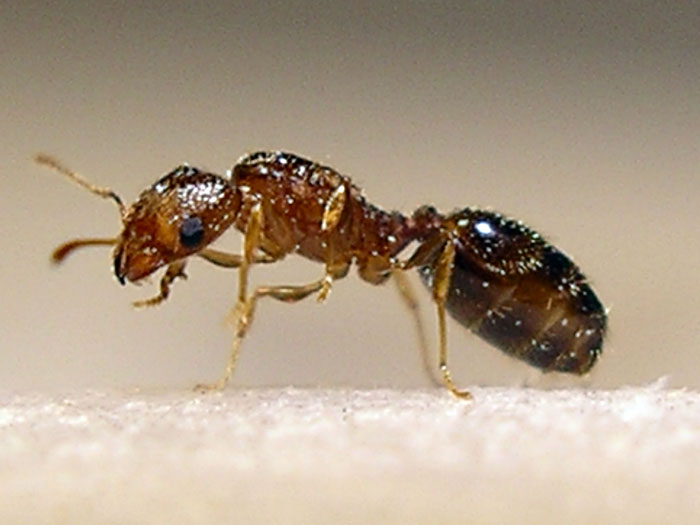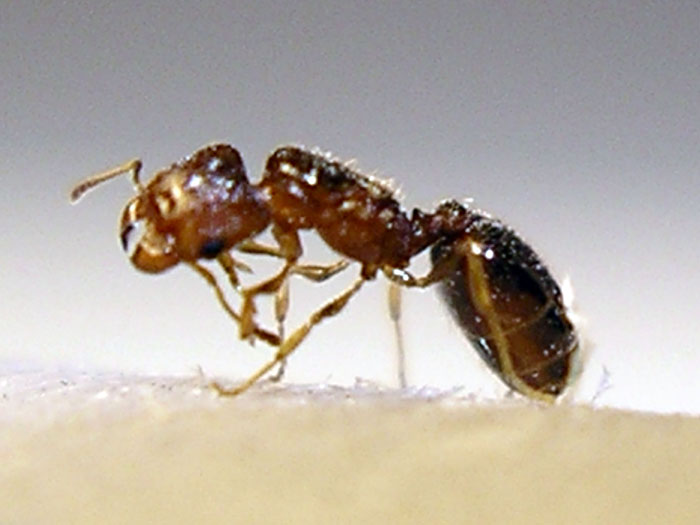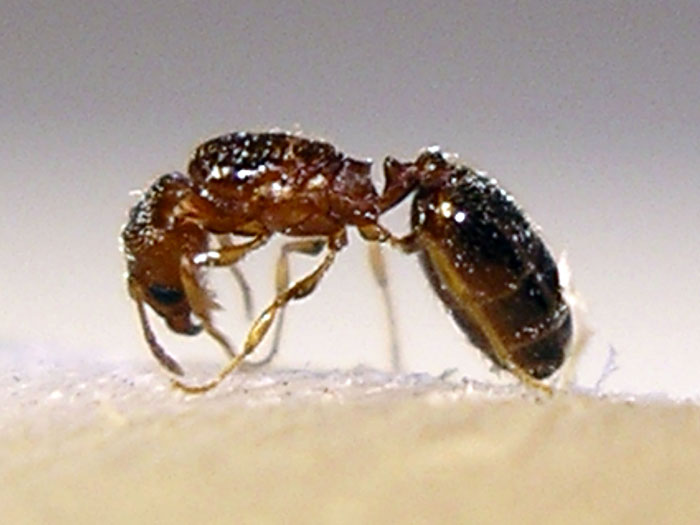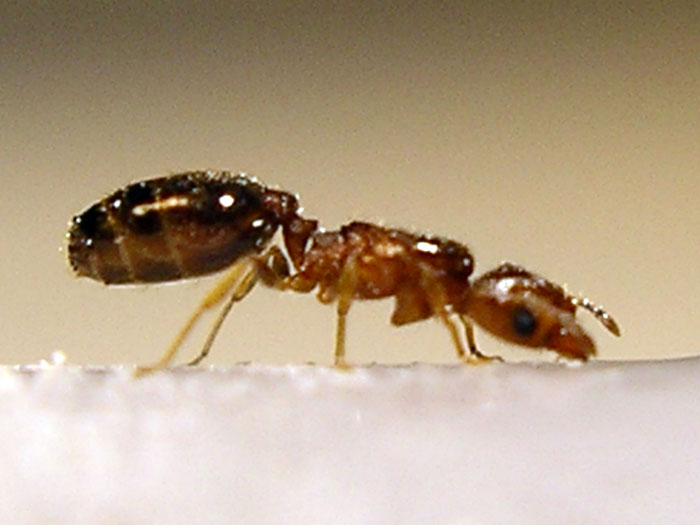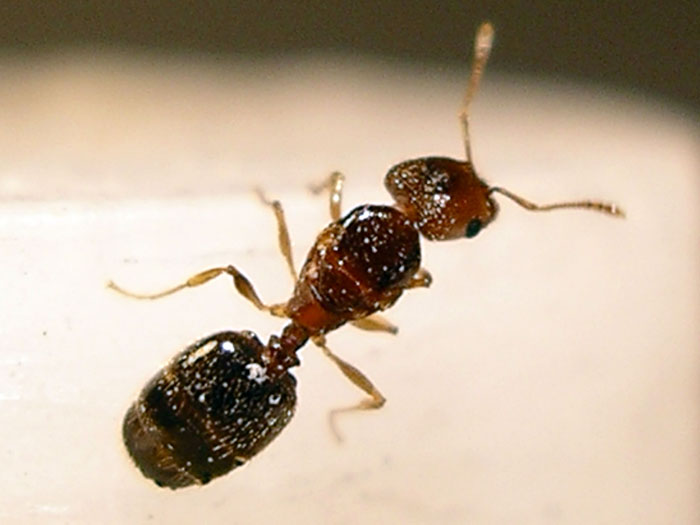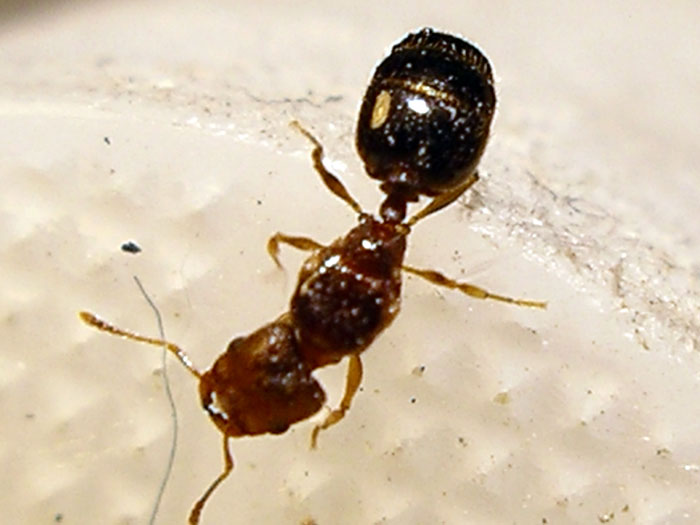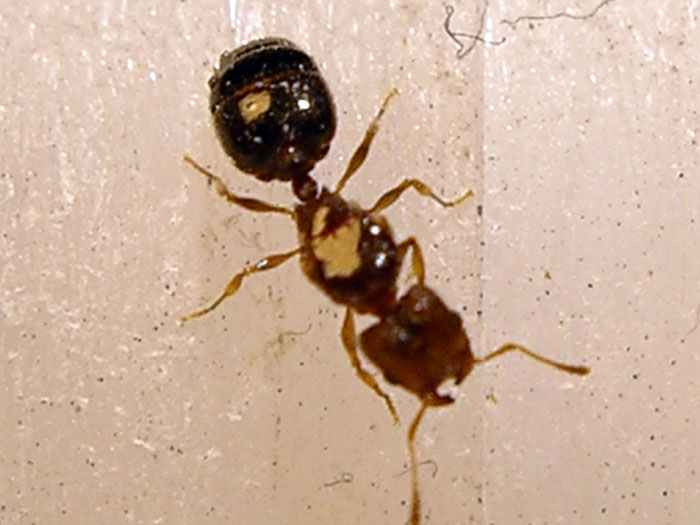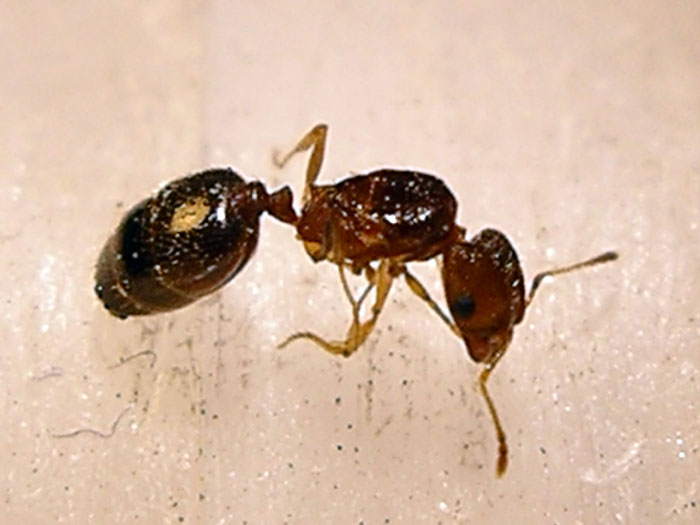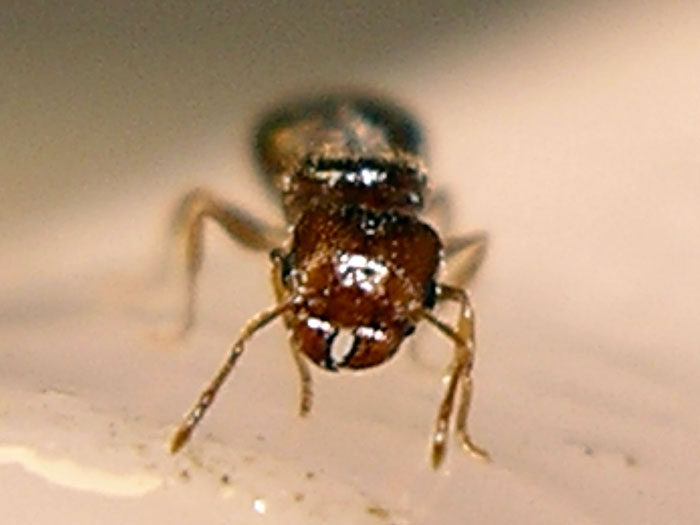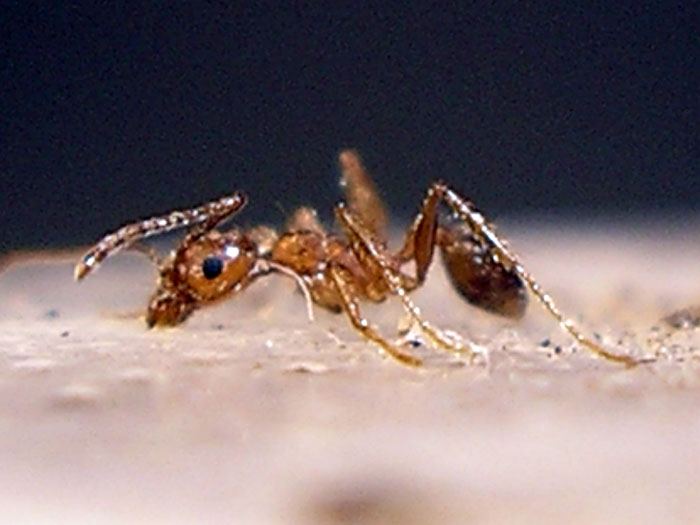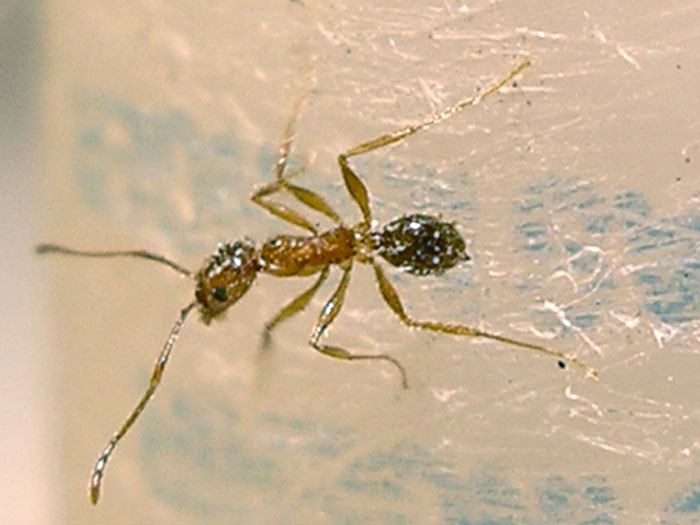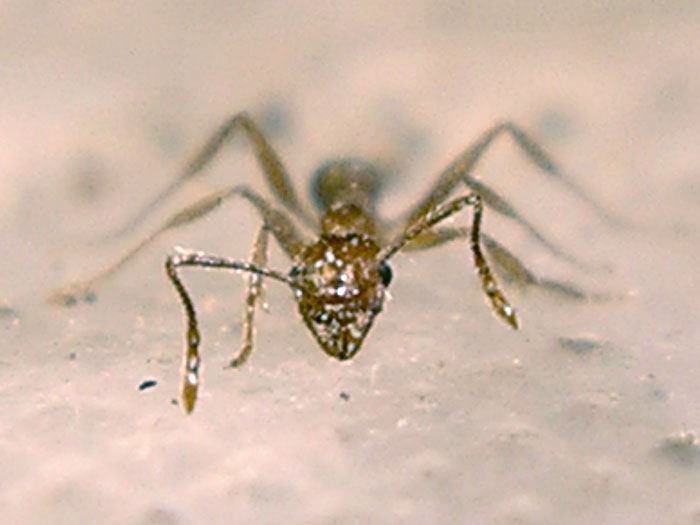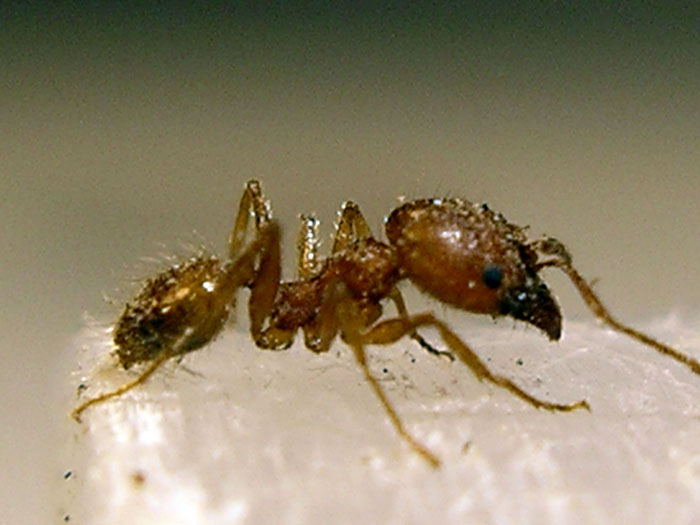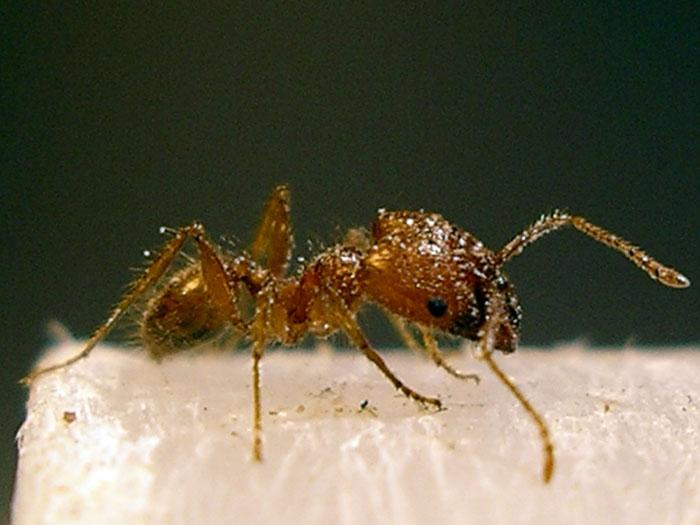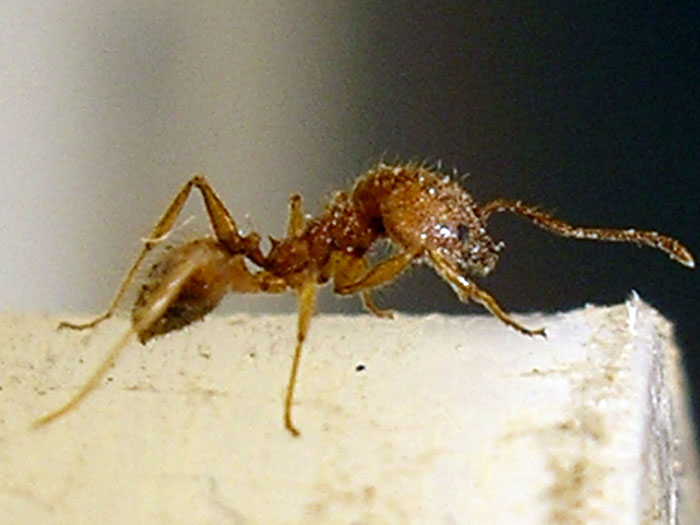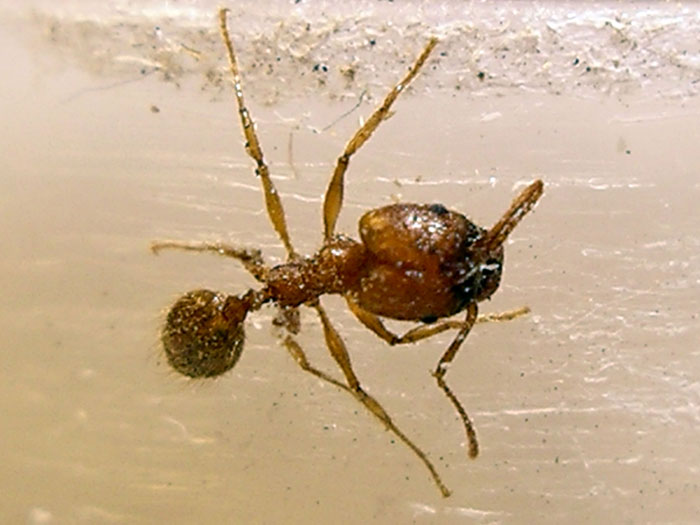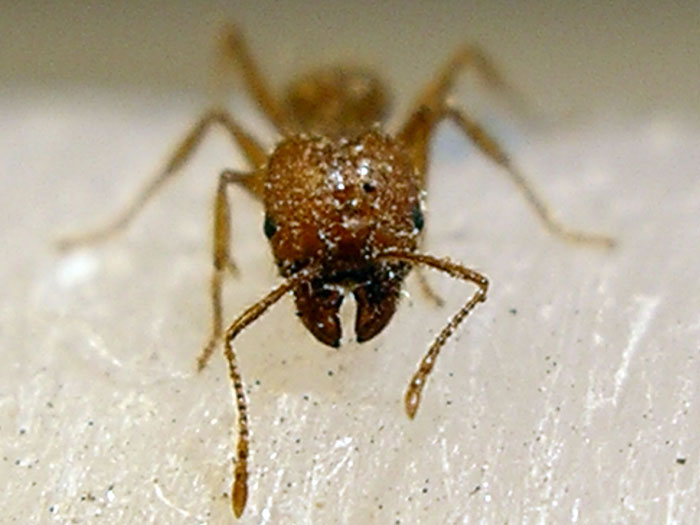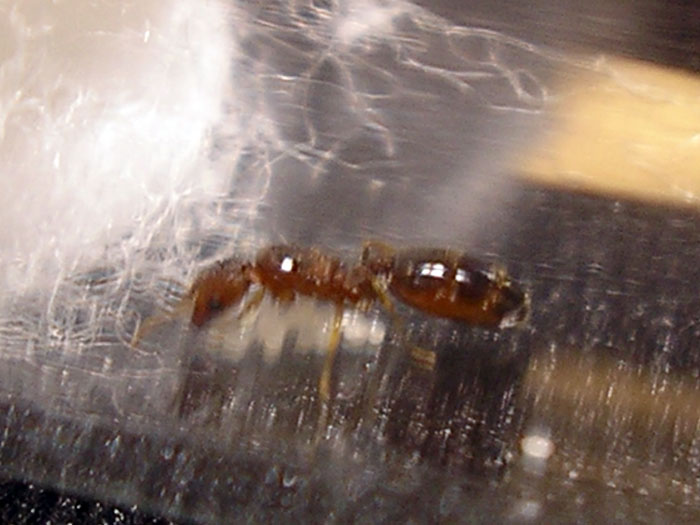I just realized this whole ID thread is screwed up and incorrect. At the time, I thought this queen was associated with the Pheidole workers pictured here. I realized now, after having a colony of these for quite some time, the workers from this queen were very small (2.5 mm minors, 3 mm majors). P. vaslitii or P. hyatti is probably the proper ID for the workers shown here, but not the queen. With that said, can anyone ID the queen and HER workers?
Here is the best picture of her workers I have. I think it's pretty obvious these are not in the Fallax group.
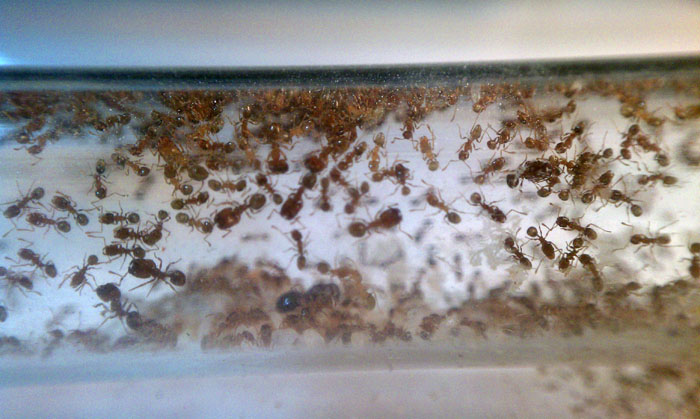
Edit: After reading the original ID thread over on Yuku, I decided these workers are more likely to be P. hyatti based on what Dr. Trager said, and since they are abundant in these mountains. There just isn't enough detail in the pictures to know for sure.
Edited by dspdrew, March 21 2015 - 7:13 PM.
